Inside the Phonak training camp
Ever wonder what happens at pro training camps? Cyclingnews' Shane Stokes badgered his way into the...
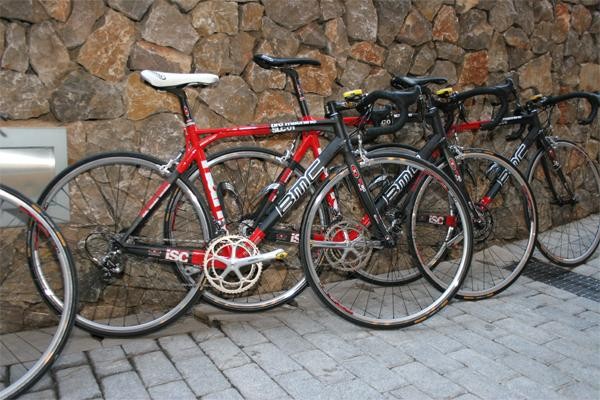
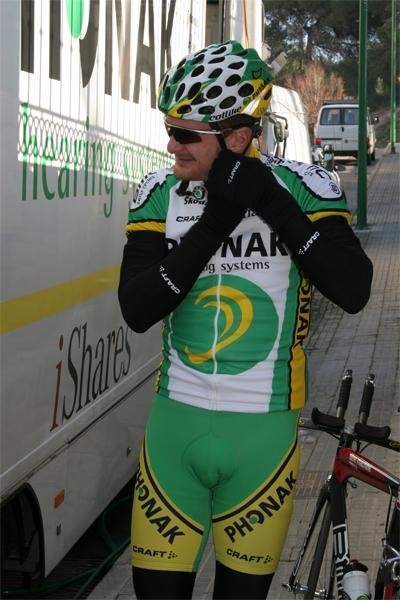
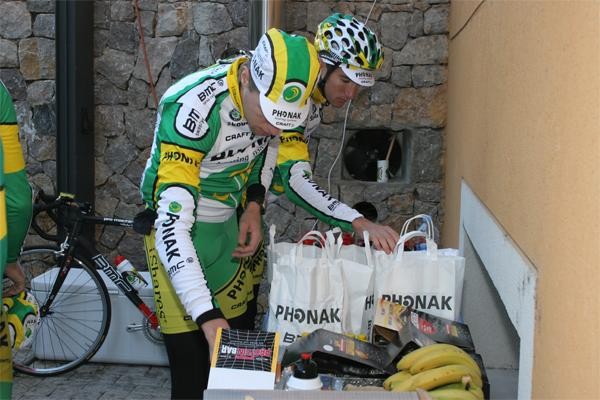
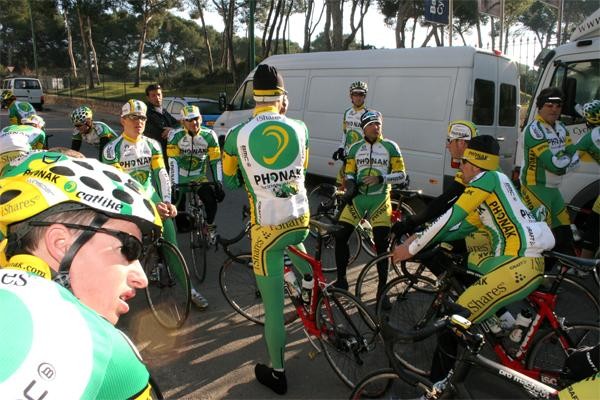
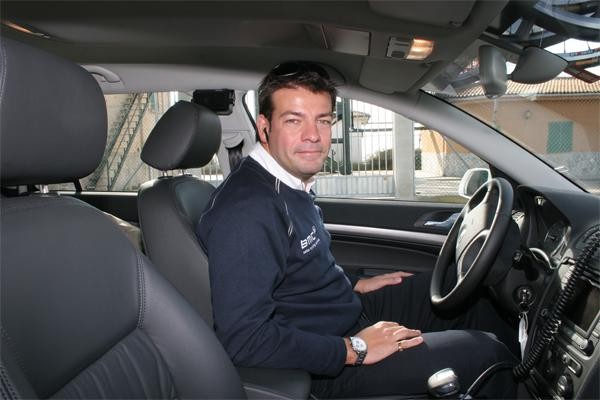
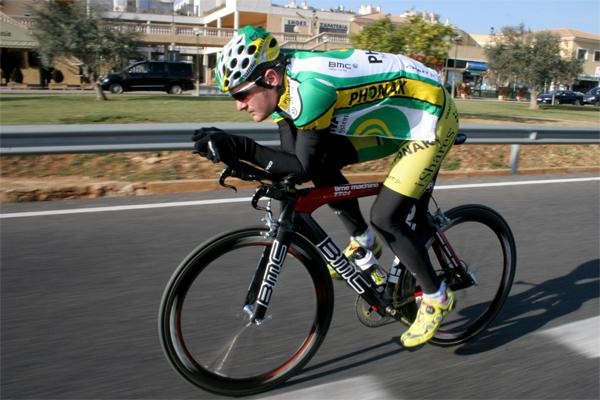
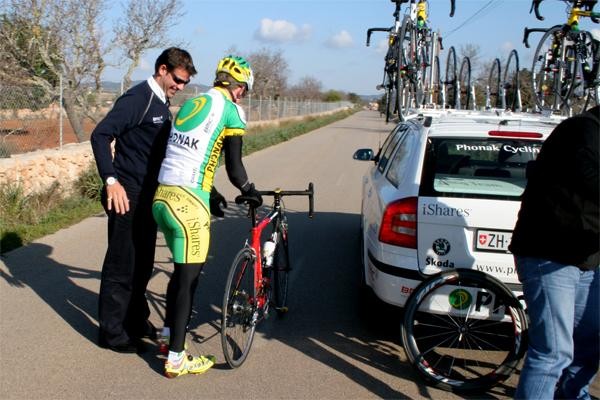
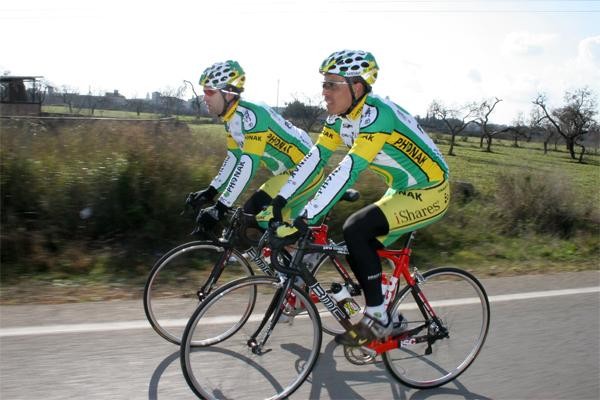
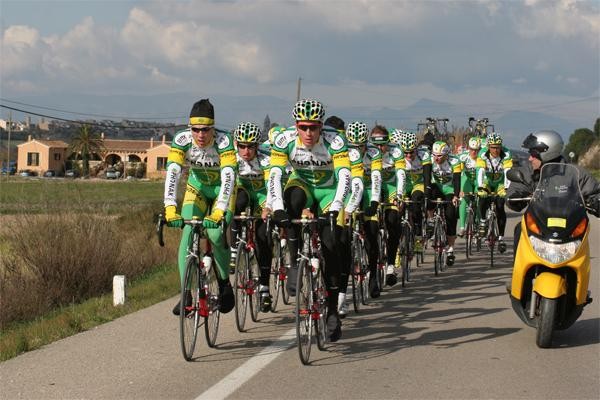
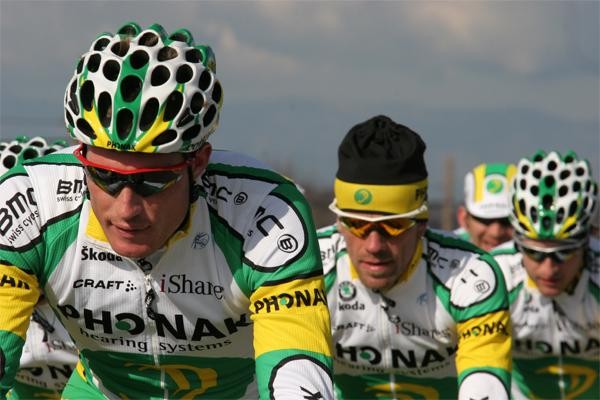
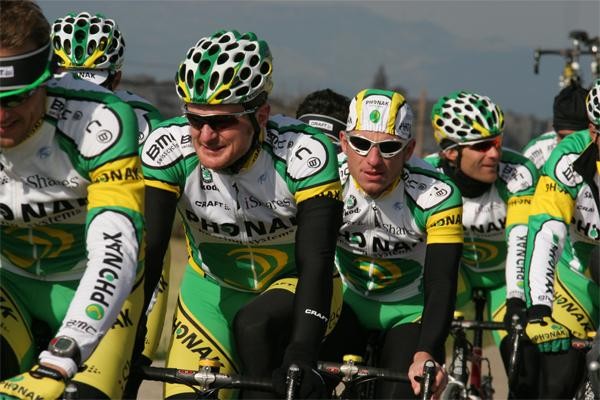
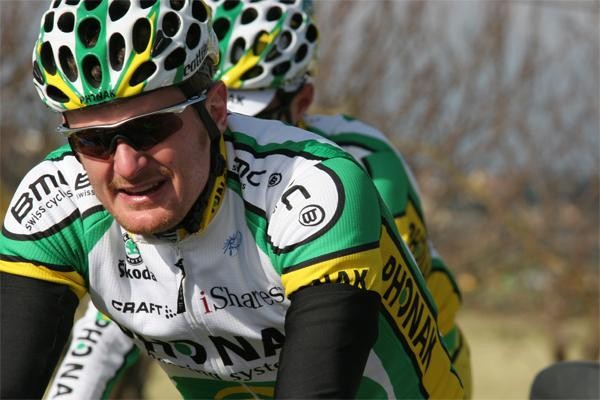
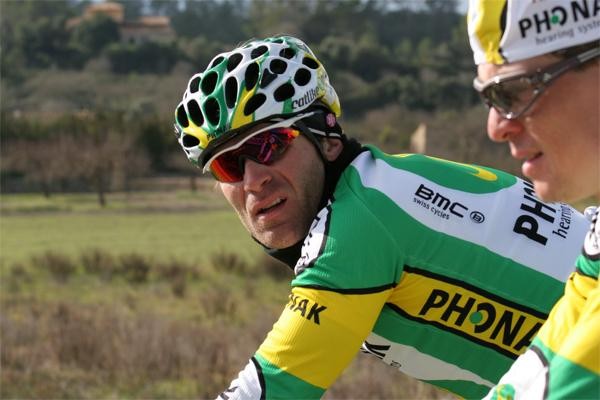
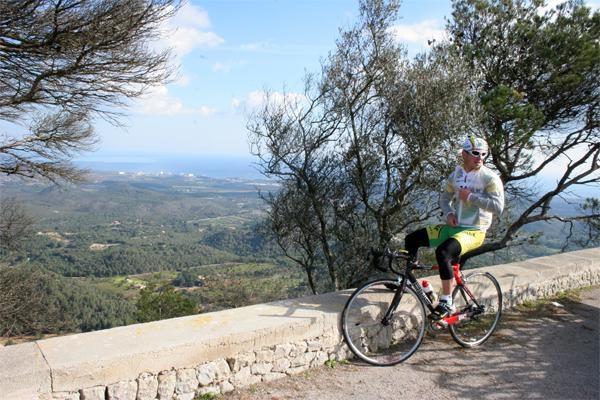
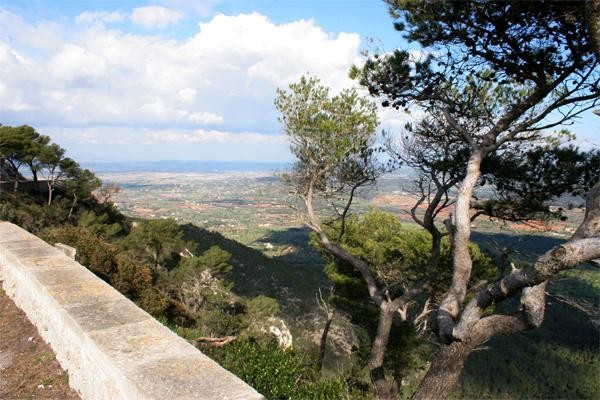
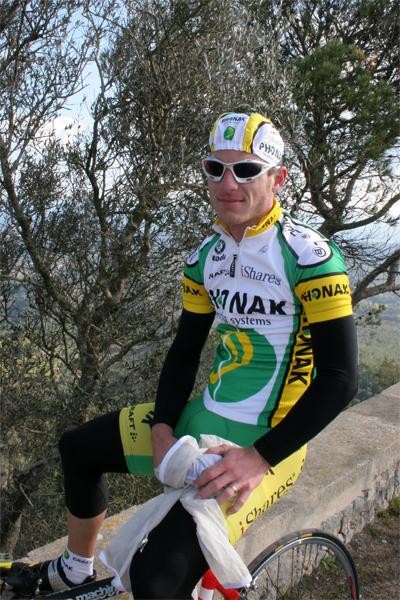
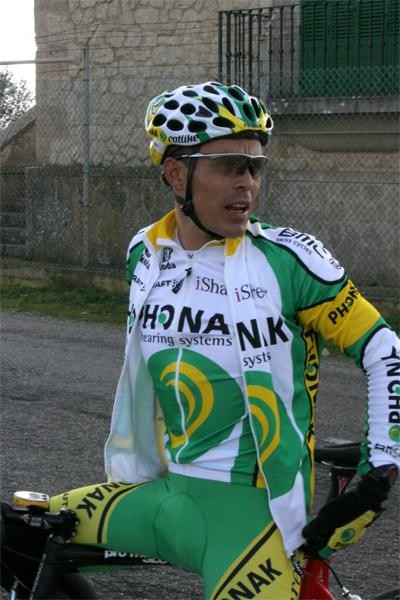
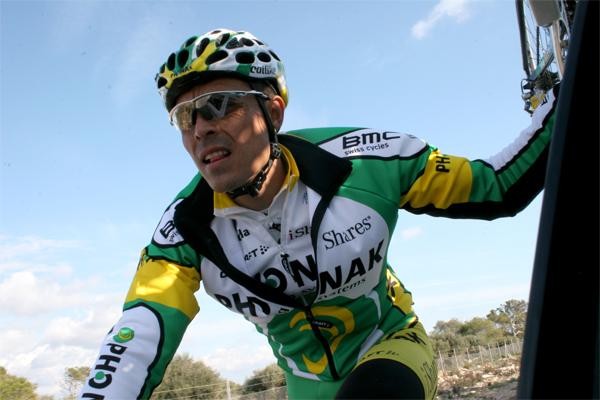
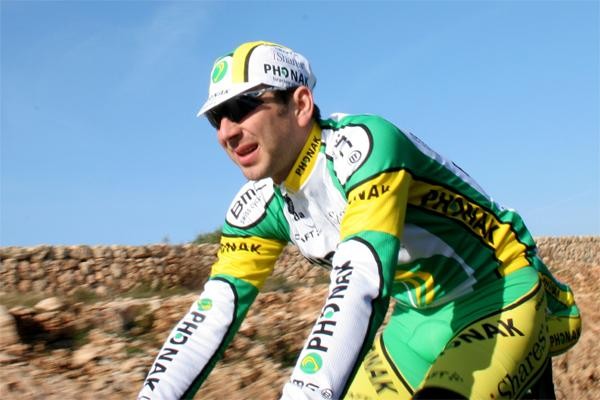
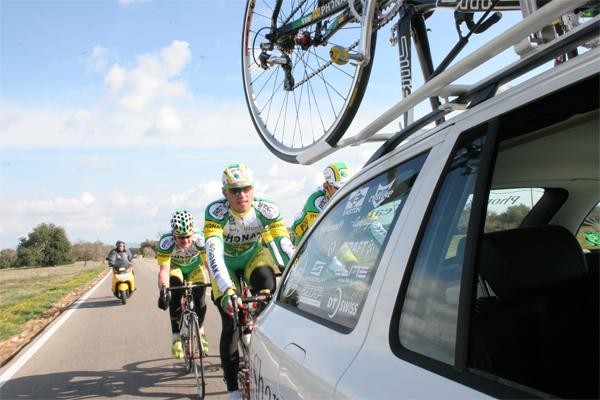
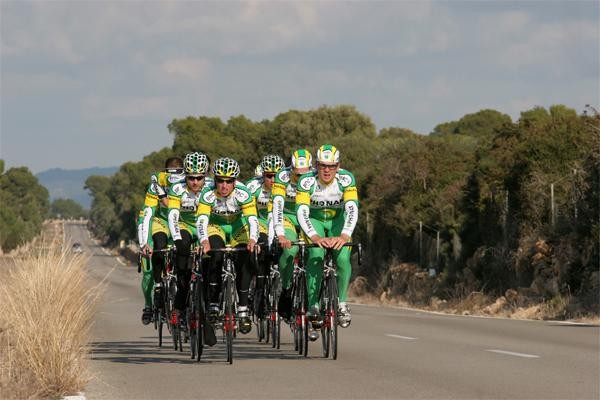
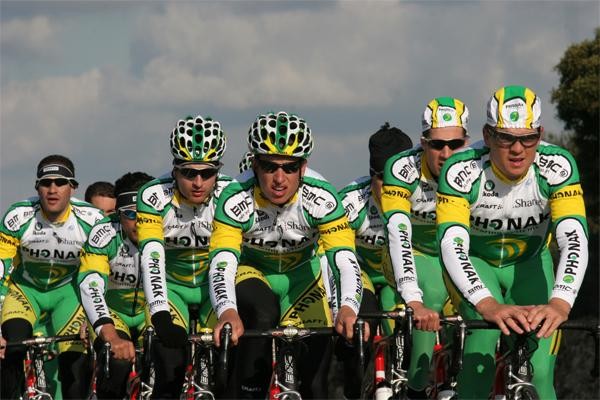
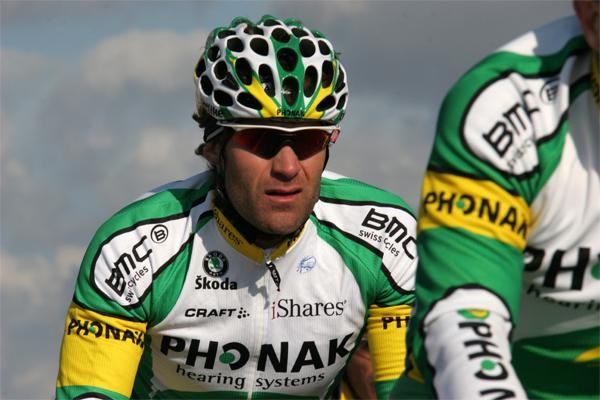

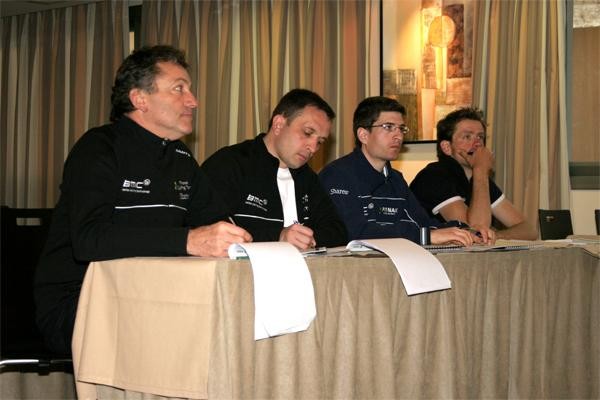























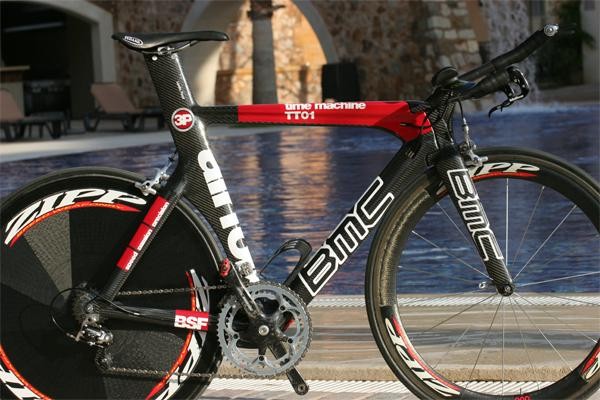
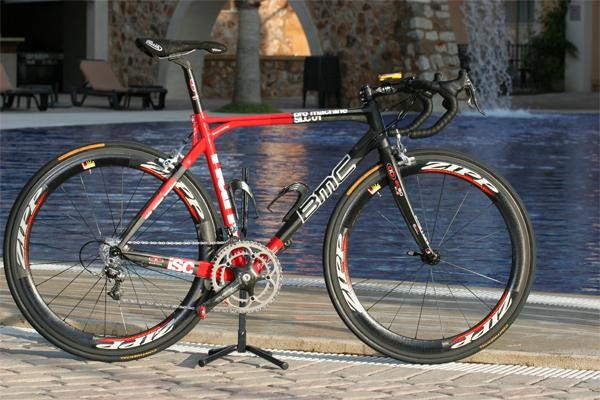
Tales from the peloton, January 26, 2006
Ever wonder what happens at pro training camps? Cyclingnews' Shane Stokes badgered his way into the Phonak hotel and team car to give a rundown as to how the Swiss squad are preparing for the 2006 season.
2005 was a strong year for the Swiss Phonak team, with a range of fine results to their credit. This list included overall victory in the Tour of Romandie, a stage win in the Tour de France plus two stages in the Dauphiné Libéré. Their consistency was reflected in the fact that they finished second in the final ProTour teams classification, losing out to CSC by just 37 points.
For a squad which wasn't even sure if it would have a place in the UCI's top division at the beginning of the season, it was a remarkable achievement.
Motivated by the showing, the team are heading into the new season with high expectations. They met after the Tour of Lombardy to have an surprisingly early training camp, although the main reason for this meeting was to determine a provisional racing program for the new season. That meant that the riders spent the winter with a firm idea of their targets for 2006, helping them to schedule their training accordingly.
Now, with the season fast approaching, the squad were further building their form (and the team bonding) with a training camp on the Spanish island of Mallorca. Cyclingnews infiltrated the hotel earlier this month and arranged with team manager John Lelangue to get a seat in one of the cars, so that a fly-on-the wall account could be written.
Sunday, January 15: Barceló Pueblo Park Hotel, Mallorca
Get The Leadout Newsletter
The latest race content, interviews, features, reviews and expert buying guides, direct to your inbox!
The day dawns clear and bright, although there is a chill in the air early on in the morning. After having breakfast and completing their English lesson for the day, the riders assemble at around 10:15 in the mechanics area, where they put on their shoes and have a bit of light-hearted banter. They then move outside where an assortment of food and bottles are laid out, selecting what they want to bring with them on the spin. The two accompanying cars will carry more nourishment for later in the training ride.
After taking some pictures, Cyclingnews climbs into the car that is piloted by team manager John Lelangue. The Cunning Plan (™) is to tag along, follow what is happening during the training ride, get a few photographs along the way and also to pick his brain en route. We roll out of the town and catch up with the riders, who are by now moving along at a good speed. An amateur on a mountain bike tags along at the back of the group but he is, unsurprisingly, jettisoned after a couple of miles.
The group stays together in the early part of the spin, with the exception of Floyd Landis, who drops 50 metres off the back of the bunch. He is testing the 2006 time trial bike and rides along for many kilometres in an aero tuck position, sitting low on the TT bars and grinding a big gear. What's immediately noticeable is just how streamlined the BMC frame is from behind, with flattened, aero tubes cleaving through the air. Landis also looks pretty aero; he may have got an unconventional position vis-à-vis his handlebar position and reach, but it still looks fast.
"Floyd is in good shape. He had a good winter," says Lelangue, speaking as we roll along behind the American. "He doesn't have to be in top form at the start of the season because he, like Santi Botero, is building towards aiming to peak for the Tour. But he is going well for this time of year."
In between conversing with the riders on the radio and talking to the mechanic in the back of the car, Lelangue discusses some of the plans for the season. "Axel Merckx is going to have a program where he will be up there in races such as Paris Nice, in the Belgian classics like Amstel, Liège and Fleche," he states. "He will do the Giro and then go on to the Tour, with the goal of being there to ride for the team and also to go for stages."
"He and Perdiguero should be our leaders for the hilly classics, and also the Giro. It is important for us to ride there, even if it is not considered part of the ProTour anymore. That doesn't matter to me - the race is one of the monuments of the sport."
Lelangue breaks off talking to take a phone call, but when he is finished he recommences talking about the subject. "We want to do well in races such as the Tour of California and other events, but I guess my priority is to do well in the monuments. The races that have a big history in the sport.
My position is different to that of some of my colleagues... even if some of the races are not there in the ProTour this year, they will still be pinpointed. For me, it is important to be there with a big objective for those races, whatever happens in the future between them and the UCI. So the Giro, Paris-Nice, Tirreno Adriatico, Milan San Remo, the Vuelta - all those races are big objectives for us."
"I hope we find a solution to the ProTour, because it is good for cycling and its structure and stability. But I also understand the position of the Grand Tour organisers, I can see both sides of the argument. We need to work out a balance," he states, concluding that Tour de France will be the team's big goal.
The new guys
Patrick McCarty has a rolling toilet break, with three of his team-mates forming a chain to push him along as he waters the ditch. "He is a nice guy," says Lelangue. "We noticed he was one of the best amateurs of the American squad which was competing in Belgium a couple of years back. He was riding in all of the classics there.
"For two different years he was in the top ten of Liège-Bastogne-Liège, which takes place over most of the same roads as the professional race. He was also up there in some big events in France such as the Transalsace and the Ronde de l'Isard, which he won. He had a year with US Postal and a year with Discovery, but that didn't really click. We have selected a different race program for him, though, and I think that he can do well."
Lelangue also talks about another former USPS rider, Ryder Hesjedal. "Ryder has a very good past as a mountain biker. He was a pro for a couple of years, and last year was in the top 20 of the Tour of Germany. The race was pretty hard last year but he was up there. For me, that is a very good result and he has some good characteristics. Ryder is good for the Classics, good in the mountains. He is part of the new generation of riders. So I hope that both he and Patrick can make a step forward this year."
Shortly afterwards, Landis stops to change to his road bike before the day's first climb. He takes the opportunity to also answer the call of nature, then gets on the other bike and sets off in pursuit of the group. Lelangue drives up, overtakes him and Floyd tucks in behind, riding at 50 kilometres per hour in order to catch up with the group. He is soon back in the fold.
The riders continue on together and then, after 25 kilometres of mainly flat roads, they start to go uphill. On the early part of the climb of Puig de Randa, directeur sportif Jacques Michaud is dropped and goes back to the car, holding on to the window frame for several kilometres.
Johann Tschopp then drops off the back, and elects to continue at his own pace with Michaud as company. Lelangue calls out the window to him and tells him to take it easy, not to worry about being left behind. "He broke his hip in the Tour of Poland and has been off the bike since then," Lelangue explains. "Johann had surgery and everything, as the head of his femur was broken. He only just got back on the bike when we arrived here, so he has some work to do. Anyway, there is just one way up this climb so we will meet up with them on our way back down."
As the climb progresses, getting steeper and more twisting as it heads up though the trees, the group starts to break apart. Three more riders lose contact and drop back. The body language of the others shows that the pressure is on, although some are clearly more uncomfortable with the gradient than the rest. Two riders - Landis and Hesjedal - then ride clear off the front and quickly open a gap on the rest.
Nearing the top, the view is incredible. An almost-sheer drop lies to the right, with a fantastic panorama over Mallorca. But the riders aren't taking in the sights, though, concentrating on the task at hand. As they round a bend, Landis and Hesjedal can be seen up ahead, driving hard as they race towards the summit. Once at the top the riders stop for a natural break, turn around, put on jackets and then begin the fast, winding descent, arcing through the corners as they drop towards the valley floor below.
Lelangue speaks on the car radio to René Savary, one of the four directeurs sportif under his responsibility. Savary is driving the second car and is further up the mountain, having stopped with one of the riders to adjust his stem. "Is everyone in front of you, René?" he asks, making sure that they have left no-one behind. "Yes, I have the last ones here with me," is the reply. These soon rejoin their team-mates, sprinting by the car and latching onto the group.
As we follow along behind the bunch, Lelangue switches on the in-car display and takes Cyclingnews through two of its features. He presses a button, the screen activates and coverage of a football match is instantly beamed into the team Skoda. "We have a receiver on the back of the car and can get all the channels at the races," he explains.
"It allows us to watch what is happening whenever we have live coverage at the events. It is very useful as it enables us to see who is riding in front in races, in the breaks, and then we can give that information over the radio to our riders. There is also GPS on the system so we can use that when we need to. We don't really use the satellite navigation during the races, but it is very useful during training or when we are going to and from the hotels."
Another climb
The group continues along to the town of Porreres, winding through the narrow streets. Once they are out into the countryside again, Botero drops back to the other team car and has his saddle adjusted on the go. The mechanic hangs out the window and carries out the task at 40 kilometres per hour. Victor Hugo Pena then wheels to a halt, with initial thoughts that he may have a puncture being assuaged when it turns out he is stopping to empty his bladder. Business done, he tucks in behind the car and chases back on.
Several kilometres later the group splits into two halves. "Normally we do this on the rides," states Lelangue. "The guys who need to get into form earlier will go on ahead, and the others will hold back. Guys like Floyd and Santi don't do as much intensity at this time of year." The two groups eventually reform, just in time for the ascent of the day's second climb, the 494 metre Puig de San Salvador.
The unity doesn't last long. As was the case before, the bunch starts to split on the slopes. Rounding a hairpin bend, Landis and Hunter step on the gas and fly clear. This and the steepness of the ascent has a pronounced effect on the group, which splinters as they climb towards the top.
Once there, there is another regrouping. Most riders elect to put on wind-breakers or rain capes before swooping back down the way they came. The descent is technical, tricky, fun, although a sharp drop-off some of the sides underlines the need for attention. Soon they are back on the flat and the pace settles down once more.
A few minutes later, Landis comes back to the car to get his helmet. "How are you doing," asks Lelangue? "Fine, except they are all trying to kill me after attacking them on the climb," says Landis, with a big grin. "Ah, but you will be doing that to the guys in California!" is Lelangue's response.
As the team continues on, they pass two separate bunches of T-Mobile riders. The German squad had its launch yesterday on the island and has also been training here for several days. Any thoughts of a big rivalry is dispelled when the respective teams exchange waves and calls of greeting; they are all forcats de la route (convicts of the road), after all.
Once on the road towards Mallorca, several riders go ahead to do a motorpacing session. These are the sprinters on the team, guys such as Guidi, Clerc, and Jalabert, who wish to ramp up their speed in advance of the season. The remainder pedal along at a decent tap, having been in the saddle at this point for just under three hours. They continue to log in the kilometres, with some riders again splitting off to do motorpacing and threshold work towards the end of the spin. This group comprises Guidi, Jalabert, Uros Murn and Landis who, surprisingly, appears quite motivated at this early point of the year. He is clearly looking to show well in next month's Tour of California.
The rest of the group ride along behind, also moving at a fair clip despite the breeze coming in off the azure Mediterranean sea. Some riders are starting to look quite tired, stretching backs and necks and dropping back to the car for something to eat or drink. Finally, after four and a half hours in the saddle, the riders return back to their base at the Pueblo Park hotel. They have done a total of 145 kilometres, including two hard climbs, but will do even more the following day. According to Lelangue, Monday's spin will see them do a full six hours, including some work in the mountains.
So far, he's happy with the way things have been going. "It has been a good camp," he states. "The weather has been sunny, there have been perfect conditions to train in and the parcours has been just right. There is a mixture of terrain for the riders, so they can do with they want. It is also good to be together as a group because it boosts the team spirit."
"Overall, the team is in good shape. Everyone seems to be in decent condition and we are looking forward to the start of the season. We want to be there in all the big races, but the main objective is to do a ride in the Tour de France. Above all else, that is our big goal."